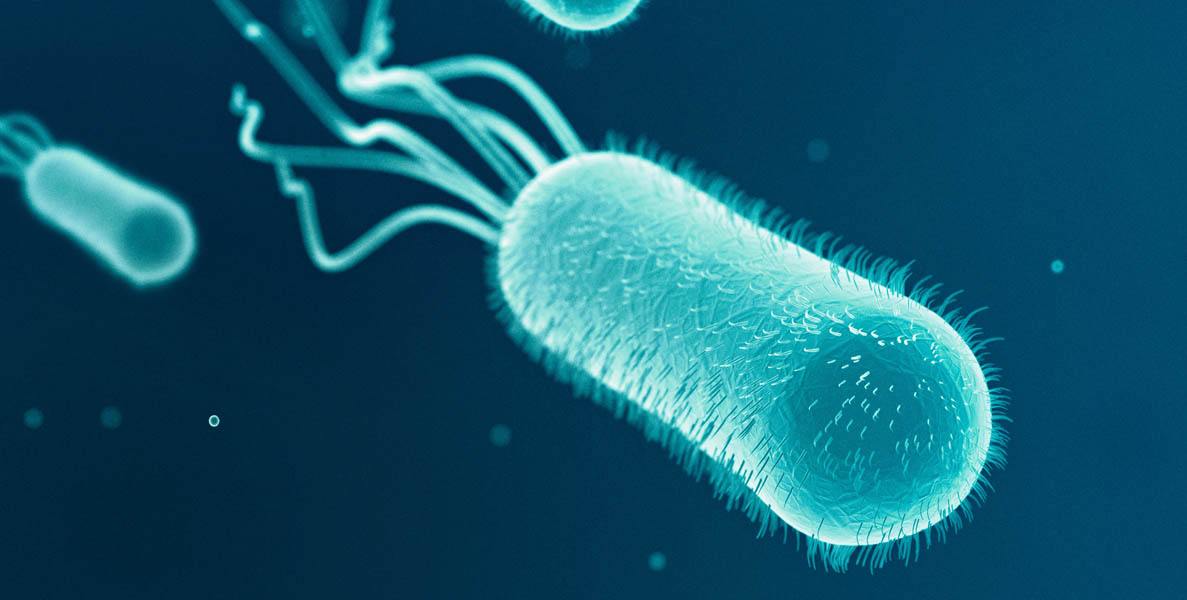
Scientists have developed an innovative way of using one of the biggest problems facing health services—antibiotic resistance—to develop drugs to combat some of the most intractable diseases.
Amyloid diseases such as Parkinson’s, Alzheimer’s and type-2 diabetes pose a particular problem for drug designers because they do not present a clear target structure to aim at.
Instead of the disease being linked to a single, easily identifiable species such as the active site of an enzyme or a specific receptor, amyloid diseases are associated with heterogeneous accumulations of proteins sticking together.
This is the key reason why many amyloid diseases are currently incurable.
The new study, published in Nature Chemical Biology, outlines a way of using antibiotic resistance to find chemicals capable of stopping amyloid formation.
Professor Sheena Radford, FRS Director of the Astbury Centre for Structural Molecular Biology at the University of Leeds, led the research.
She said: “Until now, we haven’t had effective ways to identify drugs to combat amyloid formation. Amyloid-prone proteins often don’t have a clearly defined structure, which makes it very difficult to identify areas to target with drugs.
“Also, because amyloid-causing proteins have a tendency to stick together, they can be very hard to study in the lab. This study shows a way of getting around these problems by grafting amyloid-prone sequences into enzymes which break down antibiotics.”
The study, involving researchers in the University’s School of Chemistry and the Astbury Centre for Structural Molecular Biology, exploits the complex series of adversarial relationships between molecules in a positive way to select for chemicals that counter amyloid formation.
First, amyloid-prone sequences from target proteins are attached to antibiotic degrading beta-lactamase enzymes. Bacteria carrying the modified enzymes are combined in laboratory dishes with the antibiotic. Normally, the presence of the beta-lactamase would disable the antibiotic, allowing bacterial growth.
However, the amyloid-causing sequences act as “Trojan horses” in the beta-lactamase, preventing it from attacking the antibiotic and therefore stopping the tell-tale bacterial growth. Next, the researchers add chemicals and test whether they disable the amyloid-causing sequences, freeing the beta-lactamase to attack the antibiotic and allowing bacterial growth.
Dr Janet Saunders, a researcher on the study, said: “In our research, an old enemy—anti-bacterial resistance—turns out to be our friend. When we see bacterial growth, we know we have chemicals that are obstructing amyloid formation.”
The study identified one chemical—L-dopamine—that blocks amyloid deposits forming from sequences associated with type II diabetes. However, the real significance of the work is its potential for generic use with any protein associated with amyloid disease.
Co-author Dr David Brockwell, Associate Professor in the University’s School of Molecular and Cellular Biology, said: “If you can insert a protein sequence into beta-lactamase, you are likely to be able to use this technique as a screen for chemicals capable of inhibiting its aggregation. You can screen thousands of compounds by putting them through this test.”
Professor Radford said: “It is important to stress that an efficient screen is only one step in the journey toward drug discovery. The power of our study is that it provides the first step on this path by showing us the type of molecules we should be looking at to inhibit a particular disease-causing protein.”
Another application of the new technique could be for use in the manufacture of bio-pharmaceuticals, a class of protein-based drugs that includes many of the highest grossing modern drugs.
Dr Brockwell said: “The problem with many of these new protein-based drugs is that they suffer from similar problems to those we see in amyloid diseases; they stick together. This means you can end up with potentially life-saving drugs that you cannot manufacture.
“We are investigating whether we can use our technique to work out which biopharmaceuticals will be resistant to aggregation and hence much more likely to be successful as a drug product.”
The research was funded through a Biotechnology and Biological Sciences Research Council (BBSRC) industrial CASE partnership with University of Leeds spinout Avacta Group, an AIM-listed company dedicating to providing transformational tools to life scientists.
Innovate UK and the BBSRC have provided additional funding to explore the technique’s use with bio-pharmaceuticals.
The Astbury Centre
The Astbury Centre at the University of Leeds is one of Europe’s leading centres for structural biology.
Its research looks at biological structures at an atomic level and is vital to finding new ways to deal with biomedical challenges including ageing, cancer, heart disease and drug resistance.
The Astbury Centre recently received a £17 million investment from the University in the new Astbury BioStructure Laboratory, equipped with world-class electron microscopy and nuclear magnetic resonance facilities.
The centre has a grant portfolio of over £50 million from funders including the Wellcome Trust, the Biotechnology and Biological Sciences Research Council (BBSRC), the Medical Research Council (MRC), the Engineering and Physical Sciences Research Council (EPSRC), the European Research Council (ERC), British Heart Foundation, Cancer Research UK, Yorkshire Cancer Research, and The Bill and Melinda Gates Foundation.
Further information
Professor Radford and Dr Brockwell are available for interview. Contact the University of Leeds Press Office; phone: +44 113 343 4031 or email pressoffice@leeds.ac.uk
The full paper is available on request.